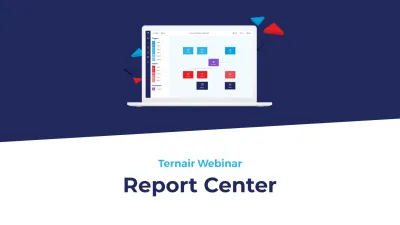Every customer is unique, and every customer prefers to be approached as an individual, not as a number. But if a company has a lot of customers, it is practically impossible to treat each customer as individually as the local greeter does. Fortunately, data and technology make it possible to still accomplish this with large numbers of customers. By linking different data sources, an integrated picture of each customer is built, which serves as the basis for a targeted and personalized approach.
Not all differences between customers are equally relevant. In a business relationship, the differences related to the products you offer are important. That data can be divided into two groups: the data that someone provides themselves and behavioral data.
Data that customers provide themselves include name and address details, sales history, help desk contacts, demographics or a completed customer profile. In some cases, field sales staff also maintain detailed customer data. The problem in many organizations is that this data is kept in different systems. On average, there are six of them. That makes it difficult to link the data together and create a detailed profile of each customer.
The importance of behavior
It is important to know who the customer is, but knowing how he or she behaves is even more interesting, if possible. Customer profiles, demographics and self-reported preferences say a lot about a prospect's or customer's interests. But behavior directly reveals what someone is concerned about and therefore what they value. When building customer profiles, behavioral data are increasingly important. Among other things, these can be derived from surfing behavior: searches, other sites visited and the click path on one's own site. If some precautions are taken, these are perfectly usable even under the heightened privacy rules to discover patterns of behavior. These patterns can serve well in predicting future behavior and the decisions a person makes.
In addition, there are several channels through which companies can target their customers: from magazine ads to social media to e-mail marketing. The risk is that due to this fragmentation, some groups may be reached moderately while others may become somewhat saturated. To dose well, keeping an overview is essential.
Getting an overview
So a mountain of data, or rather numerous different mountains. With each added data source, each tactic, each action and each channel, campaigns become more complex, even to the point where complexity makes them impossible for an ordinary marketer to oversee. Time and budget of marketers are limited so should they leave their work to machines (algorithms)? The solution lies in the combination of man and machine. Technology, such as Ternair's software, helps manage and evaluate the effectiveness of campaigns. If technology can eliminate operational bottlenecks, the marketer can pay more attention to the things that machines cannot: coming up with an appealing approach and formulating when a campaign can go down in the books as a success.





